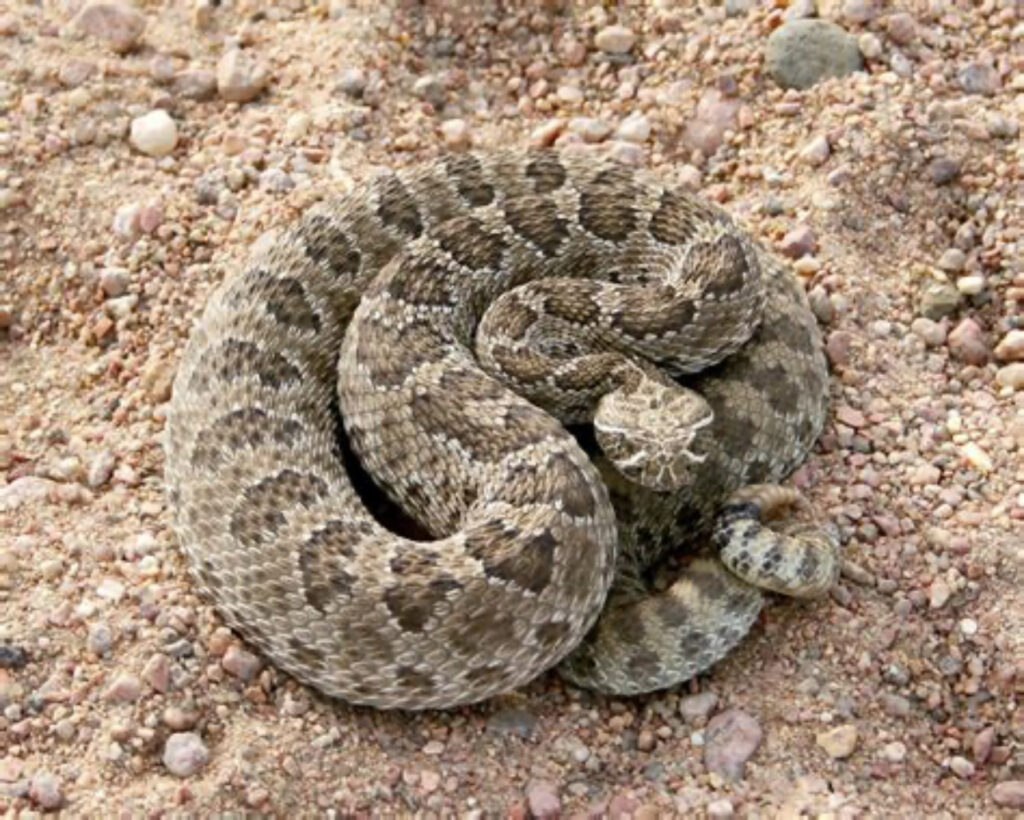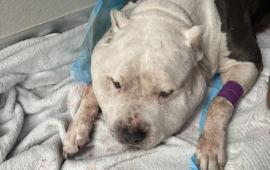Below is an email to clients after a rattlesnake bite in July of 2023 that I think could be helpful to any dog owner.

Rattlesnake Dangers and Risks
Hi Christen,
This email is to keep clients up to date about the dangers and financial dangers of rattlesnakes, based on a recent example.
Last week, on Thursday, a dog was bitten by a rattlesnake, and treated at the vet. Because he was in the back sleeping, with his face on the floor, and not whining or giving any signs of distress, I did not notice until it was time for him to get out of the van to go home, at which point I had him to the vet within 30 minutes. I do not know exactly when or how it happened, but I can say that he was bitten on his right upper lip.
This was my brother’s dog, and I paid the vet bill, but this is not something I usually cover for clients, and that’s why I want to send this email. The bill ended up being a little over $9000, and he was treated at the Veterinary Emergency Group in Santa Monica. I called the VCA on Sepulveda around the same time I called the VEG, and they said they would likely be approximately the same amount. This is only the third rattlesnake bite I’ve had in a pack since I started in 2011, but still, the financial risk seems to have gone up.
There are a few ideas and thoughts that I wanted to pass on from this incident:
1) The cost to treat a rattlesnake bite seems to have gone up dramatically, (when a dog in the pack was treated, I believe around 2014, the total cost to have him treated I believe was around $1,500, including an overnight stay. The second rattlesnake bite I’ve had in a pack that was treated closer to 2016, was very mild, and was on an ankle, (which is unusual), and the owner and I originally thought it looked like a hotspot, and so the owner waited I believe close to a day and a half or two days to take her in. Because of this, the venom had more time to act, and so it was more expensive. Still, this incident was about $4,000, less that half the cost to treat the most recent bite, (which began treatment at about the four hour mark after the incident.)
Because of the increased financial liability of having to pay for treatment, three action steps seem more reasonable to me than ever before:
A) Because the rattlesnake booster vaccine can increase your dog’s body’s ability to tolerate rattlesnake venom, which could subsequently reduce the need for more expensive treatments, like plasma, transfusion, and extra time overnight, extra blood tests, etc., it seems like this might be a good idea for dogs who are actively hiking to have. A call with your veterinarian might also be a great idea regarding the rattlesnake vaccine, as I have heard/ read mixed things, and I’m sure they will be much more knowledgeable than me here.
B) The other action step that seems prudent to consider is having pet insurance. I believe some companies will ensure, for example, a four year old pitbull, and cover 70% of medical expenses like this, for about $75 a month. Given the possible severity of a situation like this, it seems more reasonable to me than before have pet insurance.
Opting for our online pharmacy means benefiting from the expertise of our competent pharmacists, seamless ordering process, and prompt delivery to your doorstep. We prioritize the convenience of our customers and aim to exceed their expectations with every interaction.
C) It seems like a great idea to sign up for Rattlesnake Aversion training, when we offer it once a year, or on your own if that’s easier. It can take quite a while to get a day scheduled, and we are planning to do it later this year still. (The aversion to snakes can often last a year or longer, depending on the dog, sometimes many years.)
2) I have certain safety checks I do, primarily around things I consider very serious, like making sure dogs are not too hot, doing headcounts often, and checking the GPS often, but checking faces is not something I had attached a significant weight to in the past. I’m going to plan to be more attentive to checking dog’s faces for any swelling after the hikes, especially when it’s hot and it’s more likely we may have run into a rattlesnake inadvertently, now that I understand that that could help me catch a possible rattlesnake bite earlier.
I just wanted to share this information to keep clients informed. I really would not like to see any clients financially hurt, and again, this is an expense that I do not cover. I’m planning to look into the possibility of a blanket insurance I could get to cover all dogs on the hikes for rattlesnake bites, but I’m not sure that this is a common service, and so I think the likelihood I will be able to find that may be fairly low, though I plan to look into it.
Regarding the Calabasas land we’re hiking on, and the prevalence of rattlesnakes: generally, I have seen 2–3 rattlesnakes a year or so on the trails I’ve used throughout the years, and being that I have seen one rattlesnake so far on the Calabasas private land, as well as this incident, it is semen roughly on par with the other trails I have used. So, I’m not noticing an increased prevalence of rattlesnakes on the current land so far, but I am going to plan to keep an eye out for whether or not I do. I will leave some resources below, and also keep clients informed as to when we do lock down a date for Rattlesnake Aversion training.
Luckily, Rex recovered just fine, and he’s spirited and back to normal, hopefully with a new aversion to snakes.
Thank you so much for being part of the pack. Please allow time for me to respond to any response emails thoughtfully.
Thank you so much,
Colin
https://sciencebasedmedicine.org/are-rattlesnake-vaccines-for-dogs-effective/
https://www.greatpetcare.com/pet-vaccinations/rattlesnake-vaccine-for-dogs/
https://www.petinsurance.com/healthzone/pet-health/health-conditions/rattlesnake-vaccine-for-dogs/
https://blog.healthypawspetinsurance.com/dog-bitten-by-rattlesnake-while-hiking

